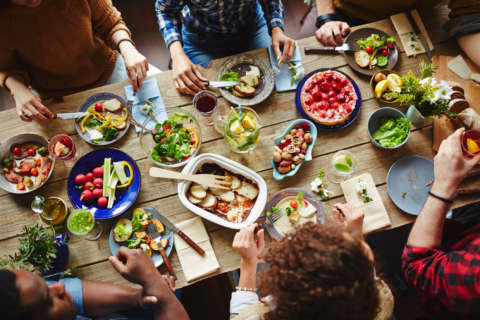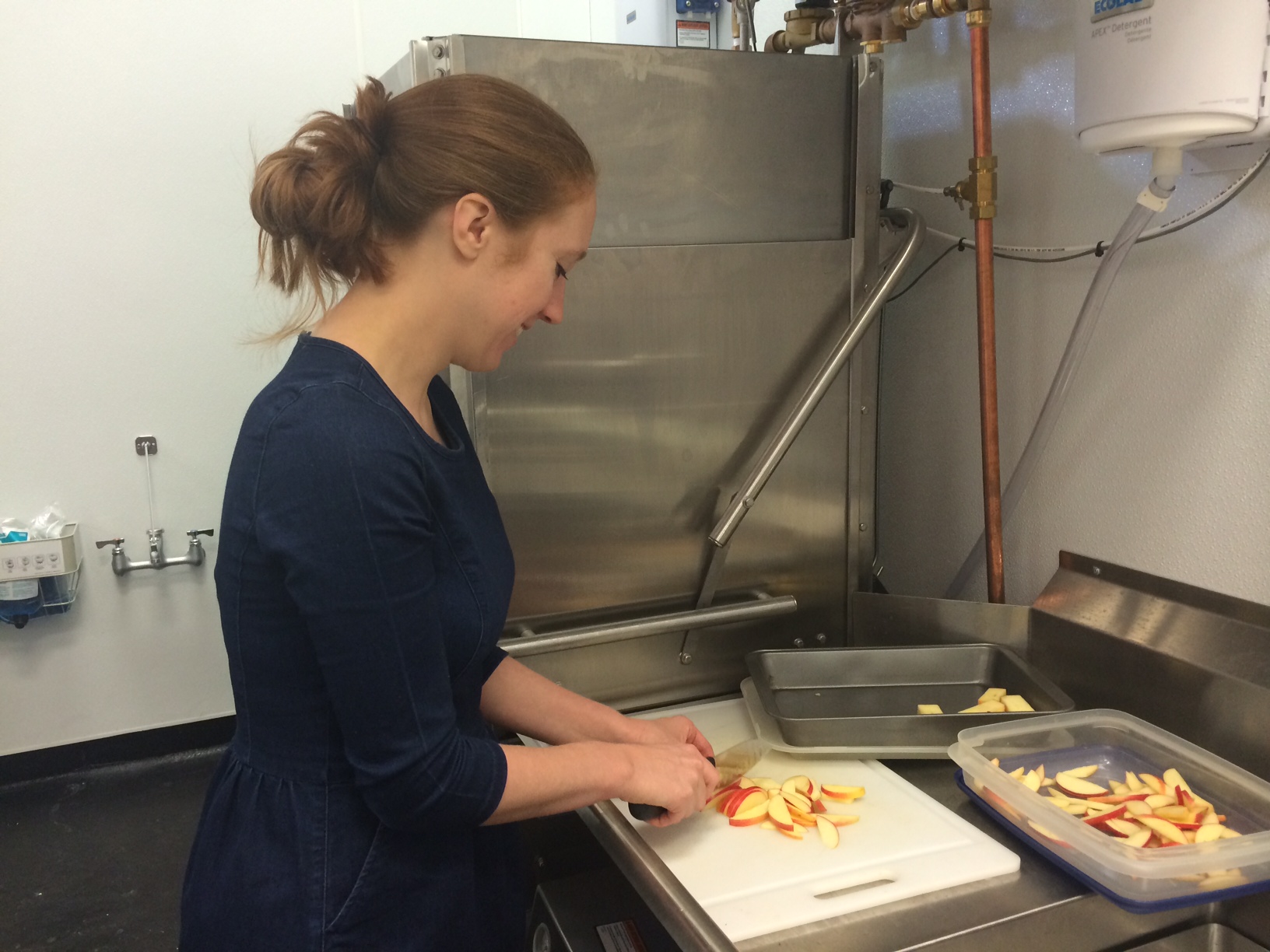WASHINGTON — In the U.S., 31 percent, or 133 billion pounds, of food goes to waste each year. Globally, that number is 1.3 billion metric tons. These staggering statistics are one reason why food waste is increasingly becoming a popular topic.
Chefs are focusing their efforts on curbing waste in the kitchen, retailers are launching campaigns to change perceptions surrounding produce and businesses are finding ways to turn a profit using ingredients that were once considered garbage.
But you don’t need manpower or money to cut down on food waste. Change can happen in your own kitchen.
The June issue of Every Day with Rachael Ray dedicates seven pages to ways in which consumers and home cooks can get creative with food scraps and avoid common pitfalls that lead to waste.
The magazine’s food and features editor, Gabriella Gershenson, shares some of the best tips.
Turn garbage into gourmet
Pepper ribs, carrot peels and cucumber ends all too often wind up in the trash can. But with a little imagination, these bits can be used to make a meal.
“I think that we need to look at our cutting boards and our refrigerators and re-evaluate what is edible,” Gershenson says.
Instead of throwing out the stems of kale leaves, Gershenson recommends using them to make a kale stem pesto. In a food processor, pulse the stems with Parmesan cheese, walnuts, garlic and olive oil, and serve the pesto with cooked pasta or veggies.
Leftover shredded cabbage, slices of onion and asparagus ends can be used to make a quick pickle recipe.
“It’s fun; it’s something you can do with your children,” Gershenson says.
“We get in the habit of just hanging on to those bits of food that aren’t going to get into your salad, and you can make another equally delicious snack that you can enjoy the next day, instead of throwing it out.”
Become friends with your freezer
The side door of your refrigerator is likely home to a condiment wasteland, with bottles of mostly-empty mayo, cans of barely-touched tomato paste and jars of half-eaten jam cluttering the shelves.
“Odds and ends like that — or like the last bits of coconut milk or buttermilk or even the last cup or so of wine that you’re probably not going to drink — you can put those in an ice cube tray and just freeze them and then pop them out and keep them in a Ziploc bag in the freezer,” Gershenson says.
The magazine’s current issue offers suggestions on how to use these random cubes of leftovers. Frozen bits of bacon grease can enhance the flavor of roasted potatoes or be used to make a warm vinaigrette. Throw frozen wine cubes in your next pitcher of sangria or use them to flavor a sauce or a stew.
Radish tops, cheese rinds, corn cobs, chicken bones and shrimp shells can also be salvaged. Store these odds and ends in the freezer until you have enough to make a broth.
“A lot of people would just throw away bones, but why do that when you can make a broth that will infuse all of your cooking with so much flavor?” Gershenson says. “The freezer is an amazing resource for holding on to foods that you don’t want to go to waste.”
Ignore the sell-by date
According to a study conducted by the National Resources Defense Council and the Harvard Food Law and Policy Clinic, nine out of 10 Americans throw away food that’s perfectly fresh because of the expiration date. This translates into hundreds of dollars each year for the average family of four.
“The fact is, all those use by, sell by, enjoy by, they’re not really meant for the consumers, they’re meant for the sellers of the product, and they’re really just suggestions when you should get those products out of the store just so that new inventory can come in,” Gershenson says.
Instead of using a package’s printed date as a guideline for when food should be thrown out, Gershenson recommends consumers consult the USDA’s safe food handbook. The online resource discusses everything from foodborne bacteria to tips on how to shop for food, prepare food and store food.
“It’s really upsetting, the amount of food that goes to waste — because I don’t think Americans really want that,” Gershenson says.
Keep your cool
Produce makes up half of the food wasted in home kitchens, but there’s an easy way to change this statistic.
Gershenson says setting your refrigerator to 35 to 37 degrees can significantly prolong the life of your produce. Shopping for produce last in the grocery store and putting the milk carton away at breakfast can also keep your food fresher, longer.
Compost, even if you don’t garden
Composting kitchen waste — such as coffee grounds, eggshells and vegetable scraps — can reduce the amount of waste that ends up in a landfill.
And while compost is one of the best things you can feed to your garden, you don’t need a garden to compost.
Many cities offer pickup and drop-off services for residents who want to compost but don’t have a need for the product. In the D.C. area, Compost Cab delivers empty bins to its members and once a week picks up full bins and takes the compost to a local farm.
Additionally, several of the area’s farmers markets serve as compost drop-off points.
“It’s a small contribution, but if everyone did it, it would be really wonderful,” Gershenson says. “If nothing else, it’s really good for your morale.”
Buy ugly fruits and vegetables
The perfectly-shaped fruits and vegetables at your grocery store may look pretty, but they’re masking an ugly truth: food waste.
According to Gershenson, 20 percent of fresh-food waste happens at the farm level because the grocery store buyer thinks there isn’t a market for anything but perfect-looking fruit.
Consumers, however, have the power to change this. Buying ugly fruit and supporting businesses that use unwanted vegetables sends a message to grocery stores that there’s a demand for all produce.
“We’re so obsessed with cosmetic perfection,” Gershenson says. “Nature doesn’t turn out everything perfectly, but that doesn’t mean that it’s not going to be just as nutritious or just as delicious.”






